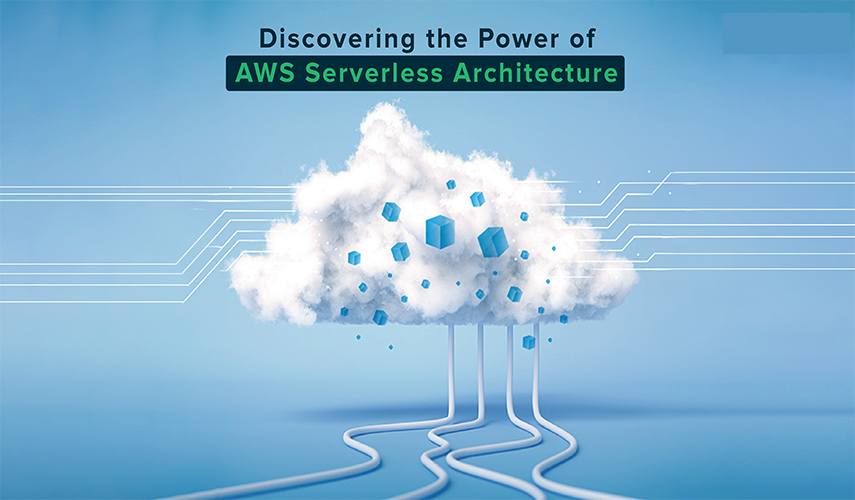
Explore Serverless Computing
Serverless computing is an execution model that simplifies deployments and reduces infrastructure overhead by abstracting server management, automatically scaling resources, and implementing a pay-per-use cost model. In a serverless architecture, developers focus on writing code for individual functions, and the cloud provider handles the provisioning, maintenance, and scaling of the underlying infrastructure. This model is inherently event-driven, meaning application components react to events or triggers.
How serverless architecture simplifies deployments
The serverless approach streamlines the development and deployment process in several ways:
- Faster development cycles: By eliminating the time-consuming tasks of setting up, maintaining, and scaling servers, serverless allows developers to focus purely on writing and deploying business logic. This leads to a faster time-to-market for new features and products.
- Rapid prototyping: Developers can quickly iterate and test new ideas by deploying small, independent functions. This reduces the friction associated with launching new services and fosters a culture of innovation.
- Simplified code: Serverless functions are typically small and single-purpose, making the codebase more modular and easier to maintain.
- Automated CI/CD: Serverless platforms integrate natively with CI/CD (Continuous Integration/Continuous Deployment) pipelines, automating the building, testing, and deployment of functions with minimal overhead.
How serverless reduces infrastructure overhead
Serverless significantly minimizes the operational burden of managing infrastructure, resulting in substantial savings in cost and effort.
- No server management: The cloud provider assumes responsibility for all server-related tasks, including provisioning, patching, load balancing, security updates, and operating system management.
- Automatic, elastic scaling: Serverless platforms automatically scale resources up or down in real time based on demand, eliminating the need for manual capacity planning. When an event occurs, the platform provisions the necessary resources; when the function completes, the resources are released.
- Optimized costs: The "pay-per-use" model means you only pay for the compute time and resources used when your function is active. During periods of inactivity, resources are scaled to zero, and you are not charged.
- Built-in redundancy and high availability: Serverless platforms are designed for high availability, automatically handling redundancy and failover. This improves reliability without manual configuration.
Ideal use cases for event-driven serverless apps
The event-driven nature and streamlined overhead of serverless architecture make it perfect for several scenarios:
- Web and mobile backends: Serverless can power the backend logic for APIs and microservices that process user requests on-demand, such as in e-commerce or SaaS applications.
- Data processing pipelines: Functions can be triggered by file uploads to perform actions like image resizing, video transcoding, or data analysis in real time. This is useful for ETL (Extract, Transform, Load) tasks and analyzing large datasets.
- IoT applications: Serverless is ideal for processing high-volume event and data streams generated by IoT devices, enabling real-time monitoring and anomaly detection.
- Scheduled tasks: Routine jobs like generating daily reports, performing database backups, or cleaning up resources can be automated with functions that run on a set schedule.
- Chatbots and virtual assistants: Serverless is well-suited for chatbots and voice assistants that need to scale dynamically based on user interactions.
